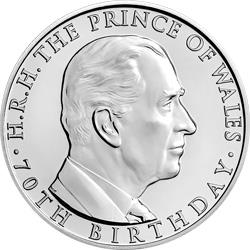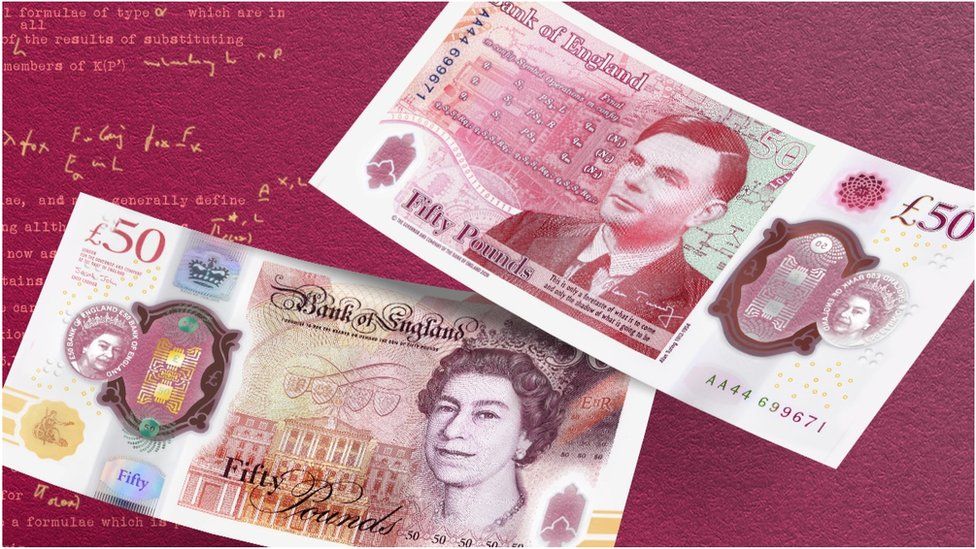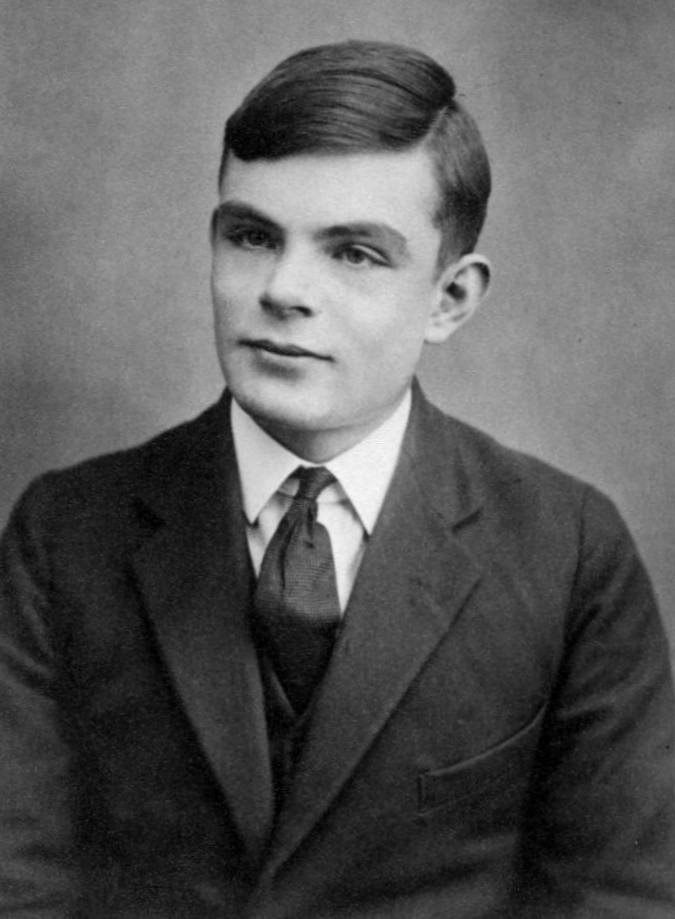UK coins
Royal Mint pays tribute to Alfred the Great with brand new £5!
One of the only kings in British history to have been given the title of ‘Great’, Anglo-Saxon King Alfred, was famous for his laws in education and fair governance.
In the 1,150th anniversary year of his coronation, The Royal Mint has commemorated his reign with a brand new £5 coin, with a design dedicated to the Alfredian educational reforms.

Alfred took over as King of Wessex in 871 in the middle of a year of nine major battles between the West Saxons and Vikings. He was also tested in 878 when he was forced to retreat to the marshes of Athelney (Somerset), the scene of some of the legendary stories about him, including the well-known ‘burning of the cakes’.
However, Alfred came back to win a decisive victory in the same year over his Viking opponent Guthrum at Edington (Wiltshire).
John Bergdahl’s design of this brand new coin is based on the Alfred Jewel, one of the most celebrated historical artefacts surviving from Anglo-Saxon England.
It was thought to have been once attached to a handle and used as a pointer stick for reading. Made of enamel and quartz, and enclosed in gold, the Alfred Jewel is inscribed “aelfred mec heht gewyrcan” meaning “Alfred ordered me made”.
This exceptional and unusual example of Anglo-Saxon craftsmanship now features on this new UK £5 in a fitting tribute to Alfred the Great, who had a reputation as a learned man who encouraged education.
In Alfred’s mind, learning was essential to his kingdom but most of his people were illiterate, even in their native tongue. To combat this, Alfred established a school at court, where freedmen of adequate means could learn to read, he had books translated from Latin to English, and told monks to begin writing the Anglo-Saxon chronicle, which would later act as the primary source for the early history of England
You can secure the brand new 2021 UK Alfred the Great £5 in superior Brilliant Uncirculated quality for JUST £10.99 (+p&p) by clicking here >>
There have been some incredible UK coins that have celebrated our Kings of England. Scroll down to discover more…
2020 King George III £5
The 2020 George III £5 was issued as part of the 2020 Annual Coin Set to celebrate Britain’s longest reigning King, 200 years after his death.
King George III was the first king of the United Kingdom (which was officially formed in 1800) and to this day remains the longest reigning king in British History, reigning for an astonishing 59 years.
Throughout his reign, Britain fought in wars against France and America and from these wars the country emerged as a world power.
Designed by renowned Royal Mint designer, Dominique Evans, the famous portrait of George III has Windsor Palace to the left and the King’s Observatory to the right.
2017 King Canute £5
To celebrate the 1000th anniversary of the coronation of King Canute, a £5 coin was issued by The Royal Mint.
Recognised as one of the most prominent kings of the Anglo-Saxon era, Canute is widely remembered for conquering kingdoms across northern Europe including England, Denmark, Norway, and areas of Sweden.
King Canute’s achievements and influence paved the way for the nation we recognise today. He strengthened the currency, initiating a series of coins of equal weight to those being used in Denmark, so it’s only fitting that the design of this £5 coin was inspired by the original currency of King Canute.
2009 Henry VIII £5
Henry VIII had an eventful reign over four decades from 1509 – 1547, overseeing the union of England and Wales in 1535 and founding the Royal Navy.
However he is most well-known for having six wives, two of whom were executed under the charge of treason. In later life, Henry became grossly overweight as a consequence of not being able to exercise after a jousting incident, which hastened his death in 1547.
This £5 coin was issued by the Royal Mint in 2009 to commemorate the 500th anniversary of the accession of Henry VIII to the throne. The reverse design by John Bergdahl features a recreation of the famous standing portrait of Henry VIII by Hans Holbein.
2018 Prince Charles £5

In a blog dedicated to our Kings of England, it’s only fitting we pay tribute to our future King, Prince Charles.
On the 14th November 2018, HRH The Prince of Wales celebrated his landmark 70th birthday.
To mark this milestone and to honour his lifetime of dedication to the British people, an official commemorative UK £5 coin was issued by The Royal Mint.
The reverse features a new portrait of the prince by widely respected engraver Robert Elderton, who was once an apprentice engraver at The Royal Mint at its previous home in Tower hill more than 50 years ago.
There have been some incredible UK coins celebrating British Kings, with the brand new 2021 UK Alfred the Great £5 being no exception.
Do you have a favourite? Let us know in the comments below!
Secure the brand new 2021 UK Alfred the Great £5 for your collection!

Secure the brand new 2021 UK Alfred the Great £5 for your collection for JUST £10.99 (+p&p) today >>
Your coin will come in superior Brilliant Uncirculated quality presented in official Change Checker packaging.
The Commonwealth Games Celebrated on UK Coins!
Next year Birmingham is set to host the international multi-sport event, the 2022 Commonwealth Games.
The first-ever edition of the Commonwealth Games took place in Canada in 1930. The games consists of 400 athletes from 11 countries who take part in six sports and 59 events.
Since then, the Games have been conducted every four years (except for 1942 and 1946 due to World War II). Team England has competed at every Games – one of only six nations to do so and Team Scotland has hosted the games THREE times!
The Commonwealth Games have been incredibly influential in the sporting world but they’ve also provided the UK with some incredible coin issues!

In our blog, we take a look back at some of the UK coins celebrating the Commonwealth Games…
1986 UK Commonwealth Games £2
The 1986 Commonwealth Games £2 coin changed the face of UK commemorative coins, being the first of its denomination to be struck and the first British coin being issued to commemorate a sporting event.
The thirteenth Commonwealth Games were held in Edinburgh in 1986, and are well remembered for being boycotted by 32 of the 59 eligible countries who did not agree with Britain’s sporting connections to South Africa during the Apartheid era.
These original £2 coins were never commonly found in circulation, as they were mainly struck for collectors. This made them much rarer than their successor, the bi-metallic £2 coin, as their mintage figures were much lower.
The pre-1997 £2 coins are still legal tender but they’re not used in circulation and banks/shops can refuse to accept them. Despite this, they still remain incredibly popular amongst collectors!
The reverse design of this coin features a thistle encircled by a laurel wreath over the cross of St Andrew and it has a mintage of 8,212,184.
This coin is no longer in circulation but Change Checker has strictly limited stock remaining for collectors. To secure yours with FREE p&p today, simply click here >>
2002 Commonwealth Games £2 Series
These four coins were issued in 2002 – again issued to celebrate the Commonwealth Games – this time held in Manchester.
At first glance, you might struggle to spot the difference between them as they all feature the same running athlete trailing a banner behind.
However, each has a different cameo, representing each of the four constituent parts of the United Kingdom.
They are some of the scarcest £2 coins now in circulation, with the Northern Ireland design having a mintage of JUST 485,500!
The other coin designs have the following mintage figures:
- 2002 Commonwealth Games Wales £2: 588,500
- 2002 Commonwealth Games England £2: 650,500
- 2002 Commonwealth Games Scotland £2: 771,750
Find out more about these coins here >>
2014 Commonwealth Games 50p
To celebrate Glasgow holding the 2014 Commonwealth Games, the Royal Mint issued an official XX Commonwealth Games 50p coin the very same year
Designed by Alex Loudon, the reverse features a cyclist and athlete depicting the power of sport.
The home of the Games are reflected in the choice of Scottish Saltire and lettering inspired by Glasgow-born architect, artist and designer, Charles Rennie Mackintosh.
This coin is the least rare of the Commonwealth Games coins, with a total of 6,500,000 entering circulation.
Vote for your favourite Commonwealth Games coin!
With a total of 6 coins commemorating the Commonwealth Games, we want you to have your say and vote for your favourite!
Secure the 1986 UK Commonwealth Games £2 for your collection!
This coin can no longer be found in circulation, so this could be one of your last chances of securing this coin for your collection!
Alan Turing – The Face of the £50 Note!
In 2019, The Bank of England revealed Alan Turing as the new face of the £50 banknote.
In their search to find an eminent British scientist to feature on the £50 note, a total of 227,299 nominations were sent to The Bank of England. 989 eligible characters were narrowed down to a shortlist of just 12 before Turing was finally selected.
Change Checker is so excited to reveal that today the design of this BRAND NEW £50 note has been officially confirmed by The Bank of England.

In keeping with Turing’s code-breaking legacy, this brand new £50 has been declared as the most secure yet.
What features on the new £50 note?

This brand new banknote is FULL of exciting features. Including:
- A photo of Turing from 1951 which is part of the National Portrait Gallery’s collection
- A table and mathematical formulae from Turing’s 1936 paper “On Computable Numbers, with an application to the Entscheidungsproblem”
- A design of Turing’s trial model of his famous Automatic Computing Engine (ACE) Pilot Machine
- Technical drawings for the British Bombe, one of the primary tools used to break Enigma-enciphered messages
- A quote from Turing, from an interview in The Times newspaper (June 1949): “This is only a foretaste of what is to come, and only the shadow of what is going to be”
- His signature from the visitor’s book at Max Newman’s House in 1947 which is on display at Bletchley Park
- Ticker tape depicting Alan Turing’s birth date (23 June 1912) in binary code.
In addition to these amazing design features, there are of course a series of security features, similar to those we’ve seen on our £5, £10, and £20 polymer notes, including holograms and see-through windows.
GCHQ Collaboration
In recognition of Turing’s code-breaking expertise, the Bank of England have collaborated with GCHQ on the intelligence and cyber agency’s toughest puzzle ever – based on the Turing £50 bank note design.
GCHQ’s Turing Challenge is a set of 12 puzzles that have been put together by intelligence staff at GCHQ, where problem solving and a diverse mix of minds are at the heart of its work to help protect the UK from increasingly complex threats
Who was Alan Turing and why is he being featured on a £50 note?

Alan Turing was most famously known for accelerating Allied efforts to read German Naval messages enciphered with the Enigma machine.
His work is said to have been key to shortening World War Two and saving millions of lives.
In addition to his work during World War Two, Turing played a pivotal role in the development of early computers, first at the National Physical Laboratory and later at the University of Manchester.
In 2013, he was given a posthumous royal pardon for his 1952 conviction for gross indecency.
Speaking of the new note, Andrew Bailey, the governor of the Bank of England, said: “Turing was a leading mathematician, developmental biologist, and a pioneer in the field of computer science. By placing him on our new polymer £50 banknote, we are celebrating his achievements, and the values he symbolises.”
Polymer Notes

This brand new £50 note is the last in the Bank of England’s collection to switch from paper to polymer, following the popularity of the polymer £20, £10 and £5 notes.
The banknote will enter circulation on 23 June, which would have been the mathematician’s birthday.
Alan Turing £50 note voted as Change Checker’s favourite polymer note!
As the brand new £50 note is the last in the Bank of England’s collection to switch from paper to polymer, we asked you to vote for your favourite polymer note.
The results are in!

The Alan Turing £50 has been revealed as Change Checkers’ favourite polymer banknote, taking over 40% of the votes!
We’re certain collectors will be eager to add this banknote to their collections when it’s released later in the year. Will you? Let us know in the comments below!
Don’t miss out on the very latest UK coin releases!

Join the Change Checker UK CERTIFIED BU Subscription Service and receive new UK coins sent to your door without the hassle of placing orders on the day of release!
Simply choose the perfect subscription for you here >>







